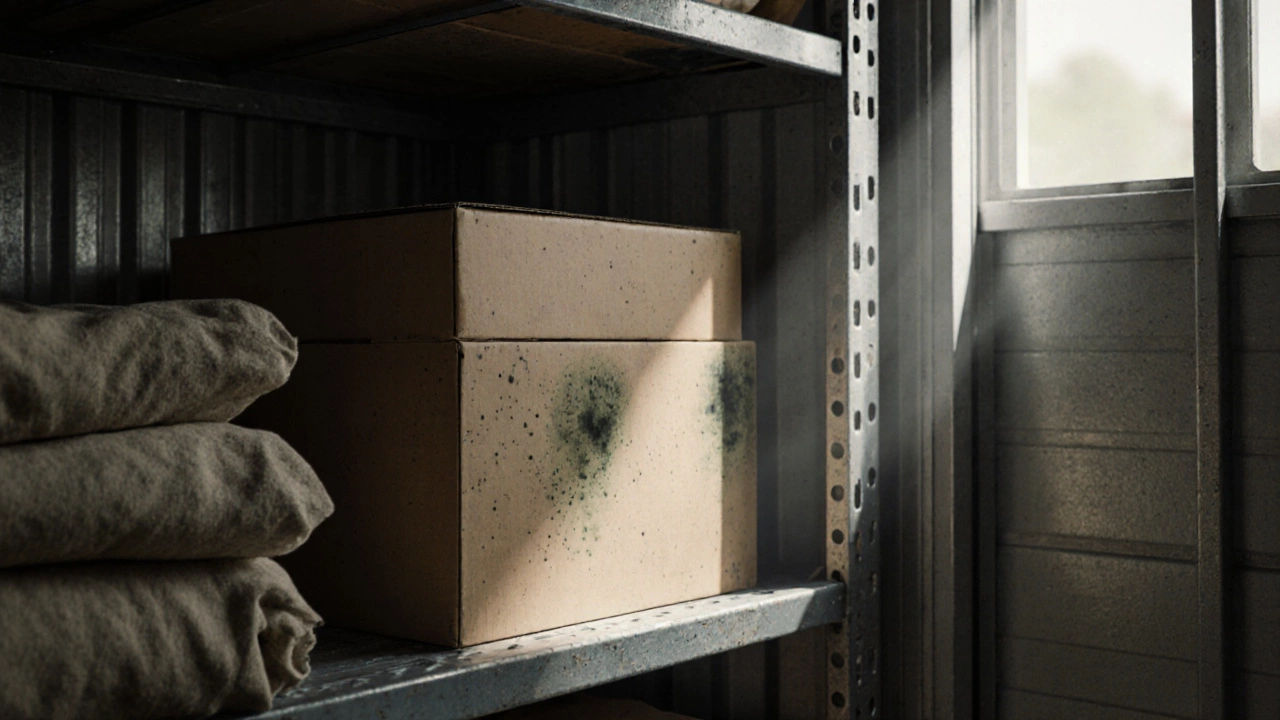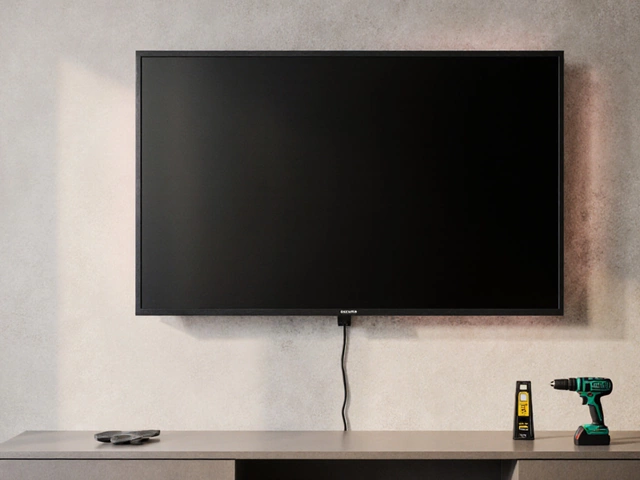Mold Growth in Storage Units
When dealing with mold growth in storage units, an unwanted fungus that eats away at furniture, boxes and personal items stored in enclosed spaces. Also known as storage mold, it usually shows up when moisture, lack of airflow, and warm temperatures join forces. mold growth isn’t just a cosmetic problem; it can damage wood, metal, fabrics and even spread health risks. Understanding the core triggers helps you pick the right prevention tools and saves you from costly repairs later.
One of the biggest players behind the scenes is humidity control, the practice of keeping indoor air moisture levels below the threshold where mold spores can thrive. When humidity rises above 60%, spores activate and start feeding on organic material. climate‑controlled storage, a facility that maintains steady temperature and humidity to protect stored items directly counters this risk by keeping the environment dry and stable. The relationship is simple: mold growth in storage units requires high humidity, while climate‑controlled storage reduces that need. Adding a good ventilation system, any setup that moves fresh air through the unit and removes stale, moist air further cuts the chance of spores settling. In practice, you’ll find that a unit with both climate control and ventilation is far less likely to host mold spores than an ordinary, sealed box.
Key Steps to Keep Your Belongings Safe
First, choose a storage provider that offers climate‑controlled units. Look for clear humidity specifications – many reputable facilities keep it around 45‑55% year‑round. Second, invest in moisture‑absorbing products like silica gel packs or desiccant boxes; place them on shelves and inside large boxes to mop up any stray dampness. Third, wrap furniture and textiles in breathable covers – plastic sheeting can trap condensation and actually encourage mold, while cotton or canvas allows air to circulate. Fourth, index your items with a quick visual check: any wet spots, musty smells, or discoloration signal a humidity breach that needs immediate attention. Finally, schedule regular visits to the unit, especially after heavy rain or snow, to open doors briefly and let fresh air circulate. By treating humidity control, ventilation, and proper packaging as a linked trio, you create a defensive loop where each element backs up the others, dramatically lowering the odds of mold taking hold.
Below you’ll find a curated set of articles that walk you through storage‑unit safety, packing tricks, and the science behind mold. Whether you’re a first‑time renter or a seasoned mover, the guides will give you clear, actionable steps to protect your belongings from mold growth and keep them in top shape for years to come.
Can Mold Grow in Storage Units? Risks and Prevention Tips
Learn if mold can grow in storage units, how to spot it early, and practical steps to prevent and remediate mold in your stored items.







